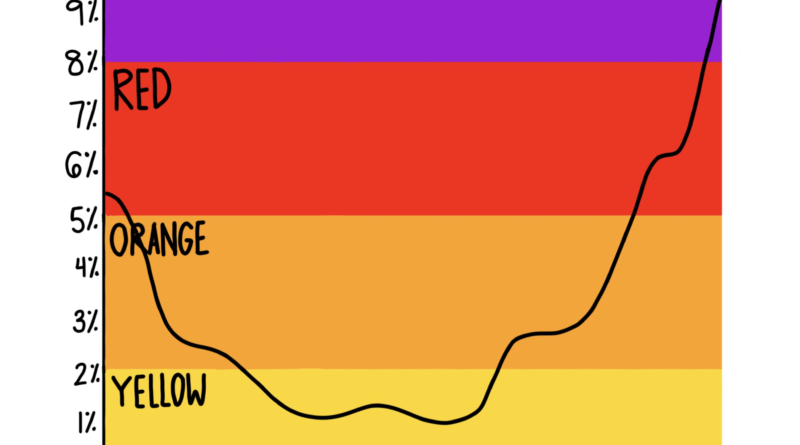Schools reopening pushed back again
The opening of Castro Valley schools will be pushed back as Alameda County remains in the purple tier of coronavirus cases. After close to 11 months of quarantine, the infection rates are still too high to initiate in-person learning, so students will stay at home through at least February.
“Our phased reopening was planned to start on Feb. 1. That was predicated on the fact that we should be in red two weeks before that, and that would have been Jan. 11,” stated Superintendent Parvin Ahmadi at the school board meeting on Jan. 13. That date will continue to be pushed back until the county stays in red for two weeks.
Governor Gavin Newsom proposed a $2 billion budget for the safe reopening of schools beginning in February with a priority of returning the youngest children first. The older grade levels would return to in-person instruction throughout the spring.
“Our goal is to open safely, and in red,” said Ahmadi.
That will take time, explained Ian Rodriquez, CVHS teacher and vice president of the teachers’ union. “The purple tier is more than eight cases per 100,000 people in Alameda County. Right now we’re currently at almost 29 cases per 100,000 people, so we have to hit that threshold, wait two weeks, and then we can begin the process of reopening schools,” he said.
If schools do reopen, they will follow a hybrid plan that has been put in place and revised many times to ensure maximum safety for staff and students. There is a healthy supply of personal protective equipment district wide. The middle and high schools will follow the A/B model, with cohort A, half of the students, attending classes in person on Mondays and Tuesdays, and cohort B following on Thursdays and Fridays. Campuses will be deep cleaned on Wednesdays, and asynchronous work will be assigned for the weekdays that students are at home.
Rodriquez explained one of the main reasons why elementary schools will return before higher grades. “With high school it’s so much more complex because students’ schedules are complicated. You know how difficult it is in PE when it rains. The usual solution is to go watch White Chicks in the CFA, but now that won’t work. So what happens when it rains–how do you socially distance then?” he said.
“How do you do science labs? It’s just so much easier with the little kids because they’ll go in the morning, do their in-person stuff and then they’ll come home, and they’ll have their asynchronous work in the afternoon. They can do PE at home, they can do music at home. Those solutions just don’t translate to middle school and high school.”
There have been changes made to CVHS during lockdown in optimistic preparation for reopening. Desks in classrooms have been spaced out to allow for safe distancing, and arrows have been placed on the floors of hallways to steer foot traffic. There are numbers above classroom doors dictating how many students are allowed in at a time. If students return, school will look and feel very different than the last time they attended in-person in March of 2020.
Distance learning has continued to take its toll on students as second semester looms. Motivation has plummeted, and teachers have reported seeing drops in grades and the amount of work being turned in. If Alameda County moves to the red tier and the district is able to go forward with the hybrid model, social situations may help improve students’ will to succeed.
“What I have seen, for example with our learning hubs, is that the social-emotional wellbeing of students who have had interactions has increased tenfold,” remarked CVHS Principal Blaine Torpey. “I will never say we should come back before it’s safe, but if and when that happens, I believe that there are many benefits that will outweigh the concerns that are out there.”
CVHS has experimented with having learning hubs and extracurricular pods meet on campus, and they have been successful. Students maintain social distancing and are required to fill out health screeners in order to attend, and in turn, they have the opportunity to interact in-person with their friends and classmates.
Many factors that influence the reopening decision are still up in the air, but Torpey remains optimistic. “There will be a time where we can be together,” he assured.

